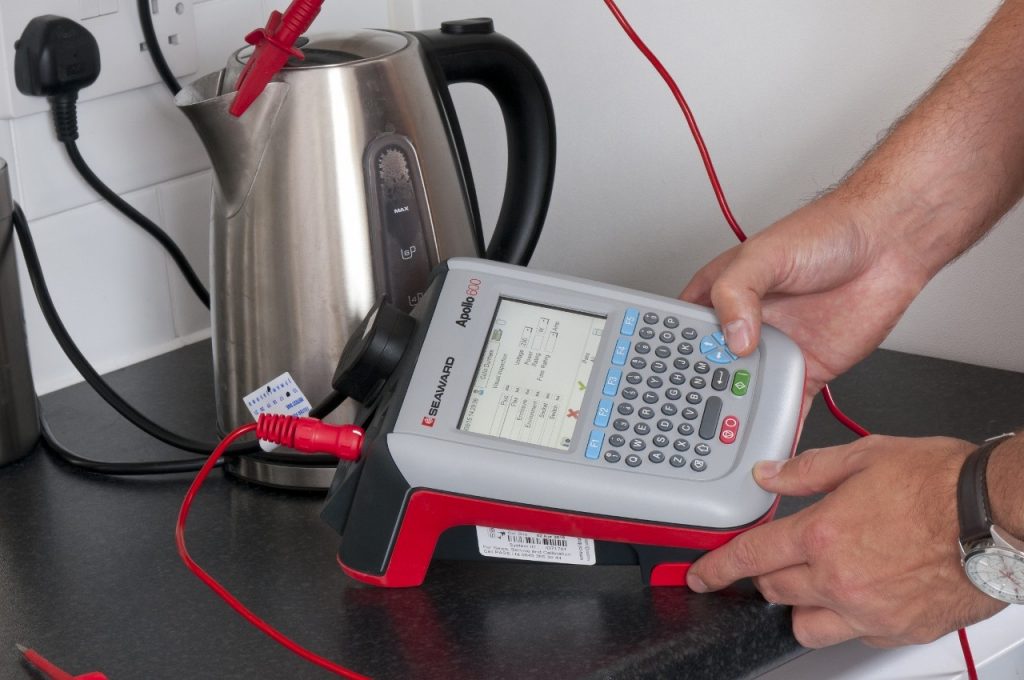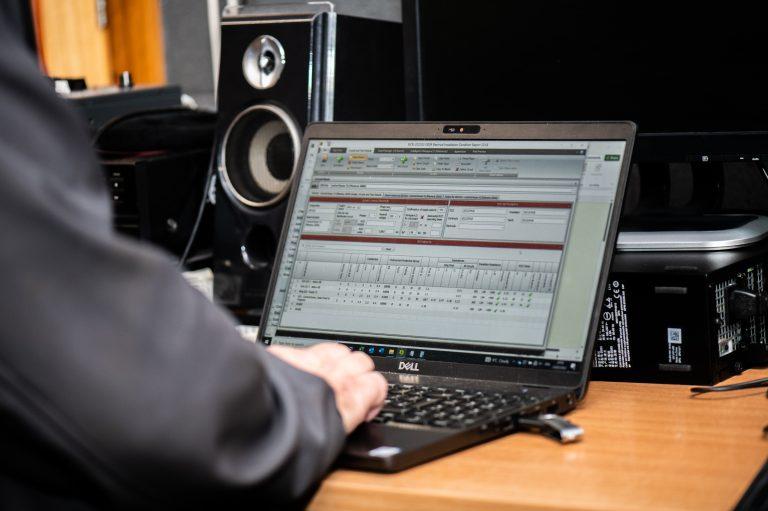While testing at a large college recently we found a number of kettles that had 0.75mm flexible cables (rated 6 am
While testing at a large college recently we found a number of kettles that had 0.75mm² flexible cables (rated 6 amps) fitted to either a 10 or 13 amp appliance.
According to appendix 6 of The IEE Code of Practice for In-service Inspection and Testing of Electrical Equipment flexes are recommended to carry no more than the following electrical currents at 20°C:
0.50mm² – 3 amps – Up to 720 Watts
0.75mm² – 6 amps – Up to 1440 Watts
1.00mm² – 10 amps – Up to 2400 Watts
1.25mm² – 13 amps – Up to 3120 Watts
1.50mm² – 15 amps – Up to 3600 Watts
The only exception to this recommendation by the IEE is tri-rated flexible cable which is suitable for use up to 500 volts and has the capability to carry much higher currents than regular flex of the same diameter.
Is it a grey area as some manufacturers will say that the IEE specs are for continuous supply of current?
Can they employ a lower diameter of flex because their kettle is only intended to have, say, a 10% duty cycle (i.e.. being used 10% of the time, which equates to boiling once or twice an hour)? This would allow any heat build up in the flex to dissipate between boilings. In a domestic environment this may suffice but in a busy staff room the duty cycle maybe exceeded. Many of the kettles we found showed signs of over-heating inside the plug.
To summarise, 0.75mm² flex may not be suitable for a kettle of more than 1440 Watts. The kettles we found were mostly 2000 Watts or more, so they had to be failed according to the IEE guidelines we follow. Is the issue manufacturers using lower diameter flex to save on expensive copper?




